The success of the project resulted in an innovative, industry-academic educational model being adopted by the GSA Design Department. For instance, design methods developed by the student team for RBS were integrated into the GSA Product Design curriculum. In addition, the relationship with RBS was continued and strengthened in a second collaborative project between the RBS design team and a new group of MEDes students in 2017.
Context
The Royal Bank of Scotland is a UK centred bank with over 1,900 UK branches2 and an international customer base of over 30 million.3 Following the 2008 bailout RBS recognised the challenge they faced in rebuilding public trust in their services, and subsequently established a stronger focus on user-centred design to improve customer satisfaction. RBS developed a new strategy to be the number one bank in the UK for customer advocacy and trust by 2020.
Having been shown examples of MEDes projects, RBS decided an academic-corporate partnership with the GSA Design Department could be an effective way of bringing different design approaches and new methodologies into their process. In addition, they expected a collaboration would upskill RBS employees and expose them to innovative ways of tackling design problems.


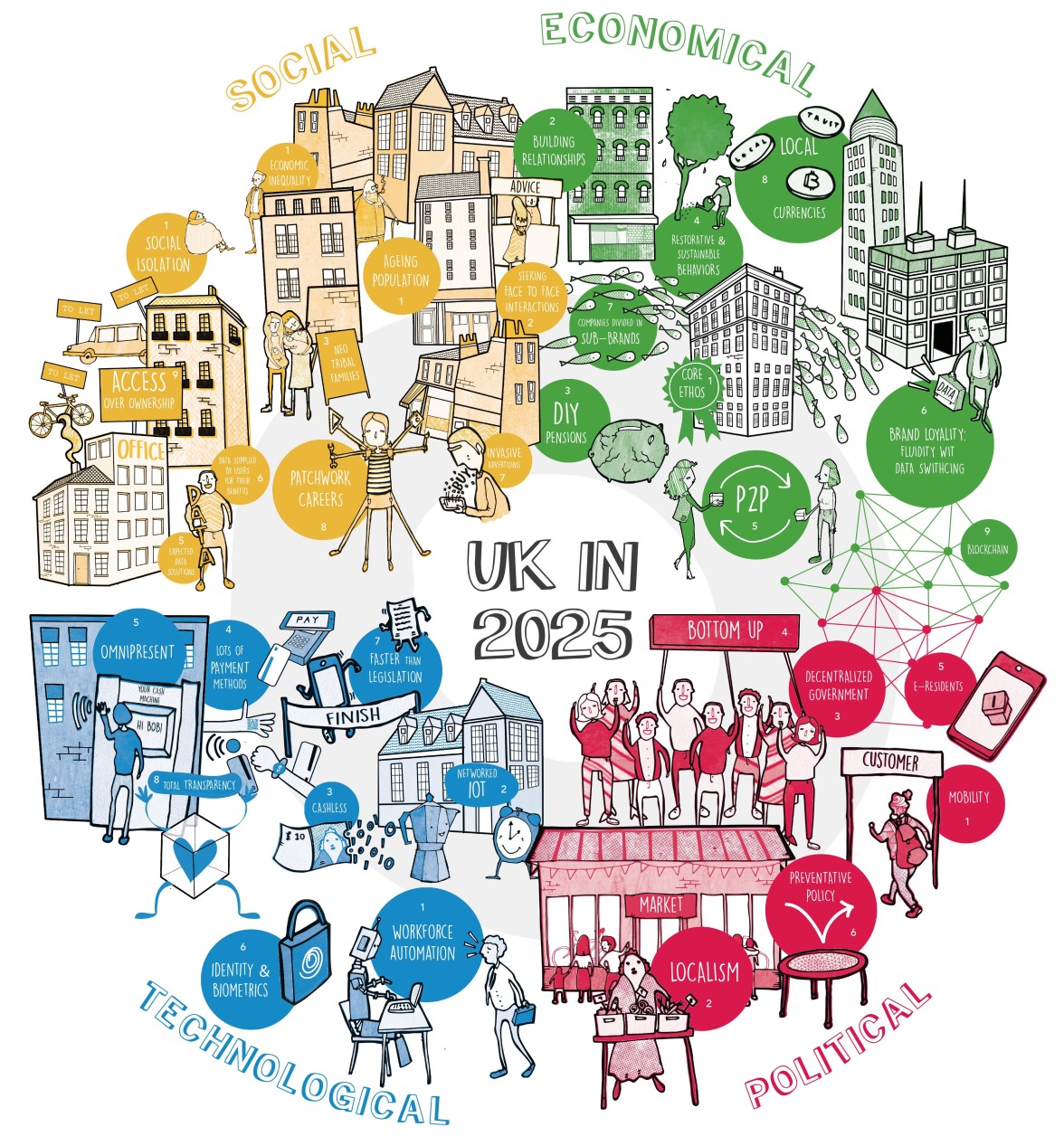
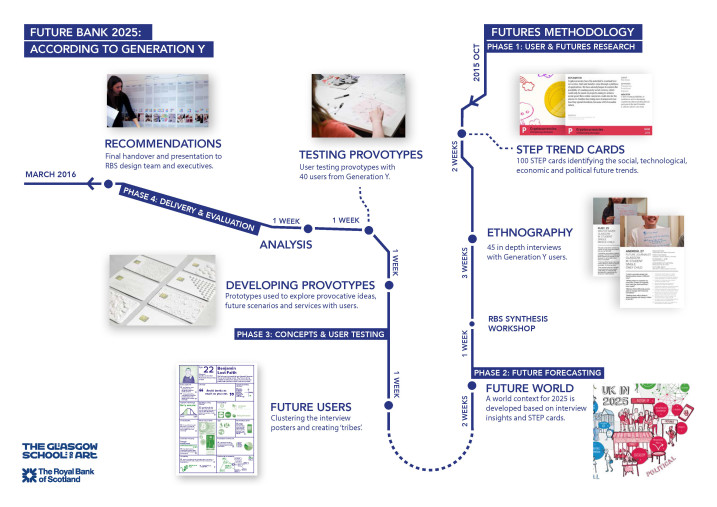
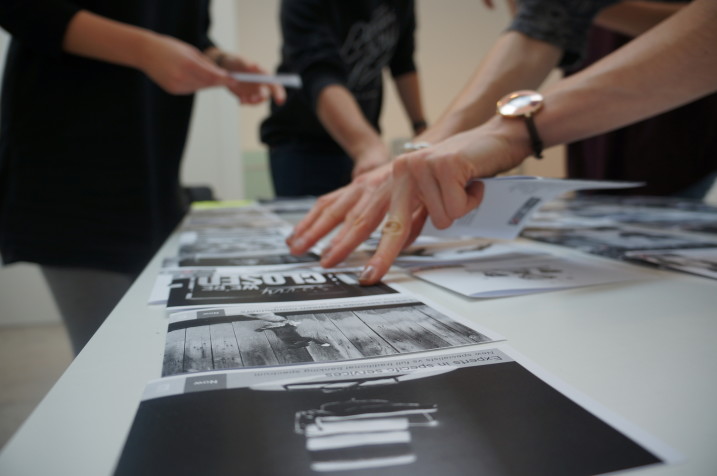
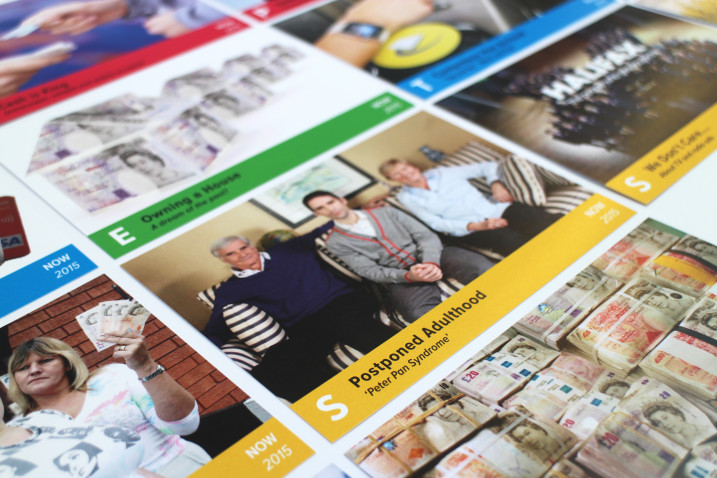
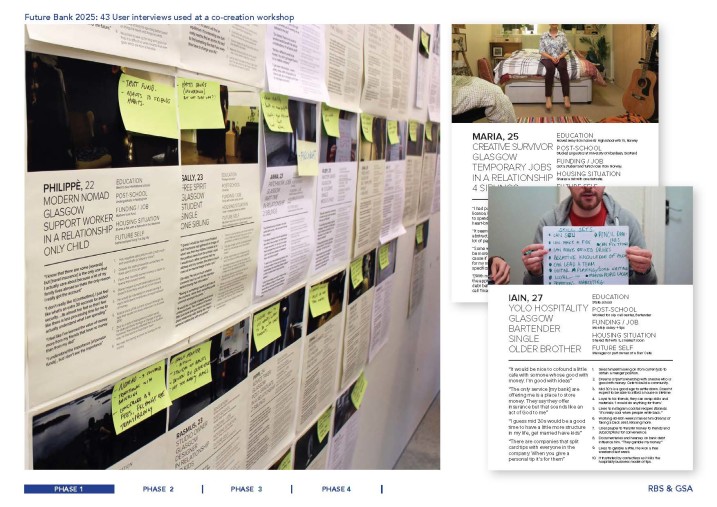
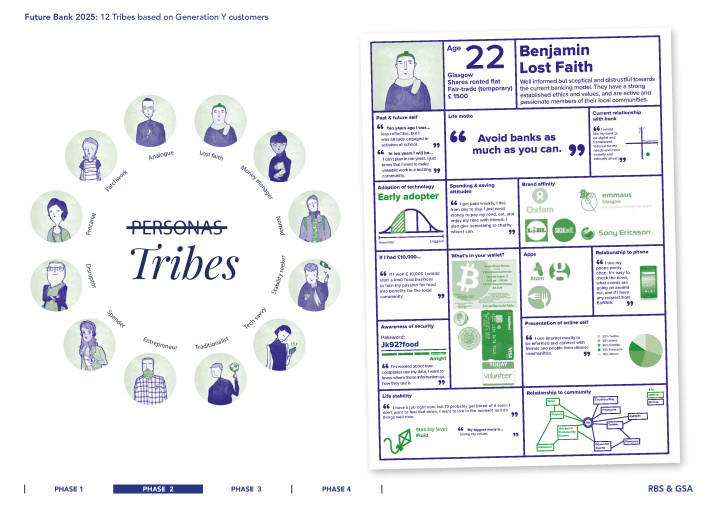
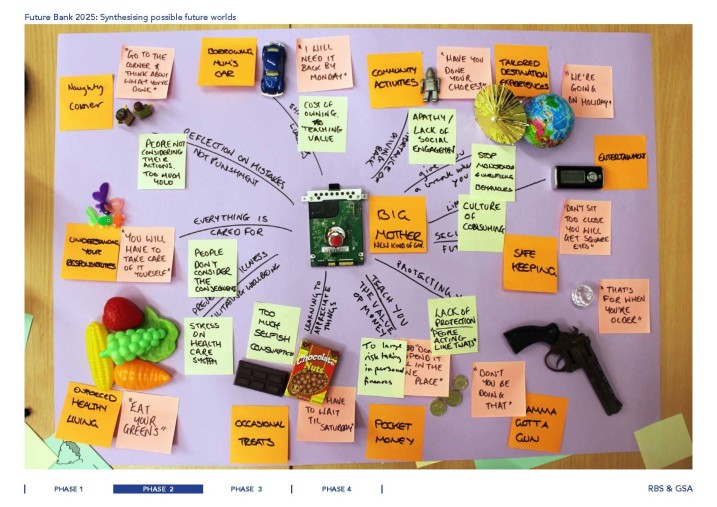
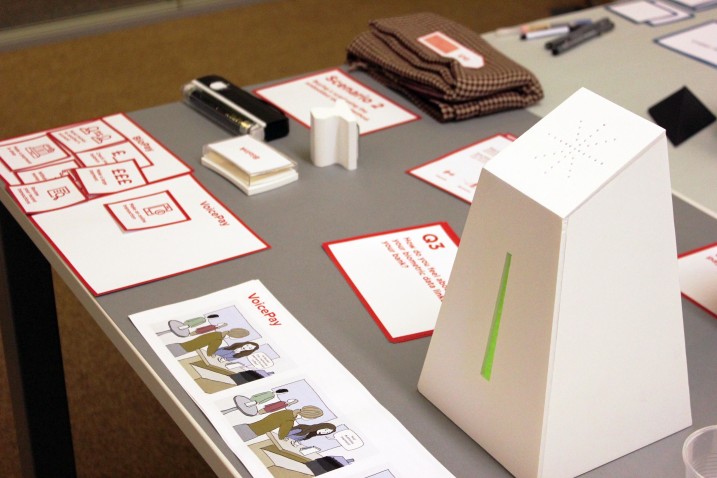
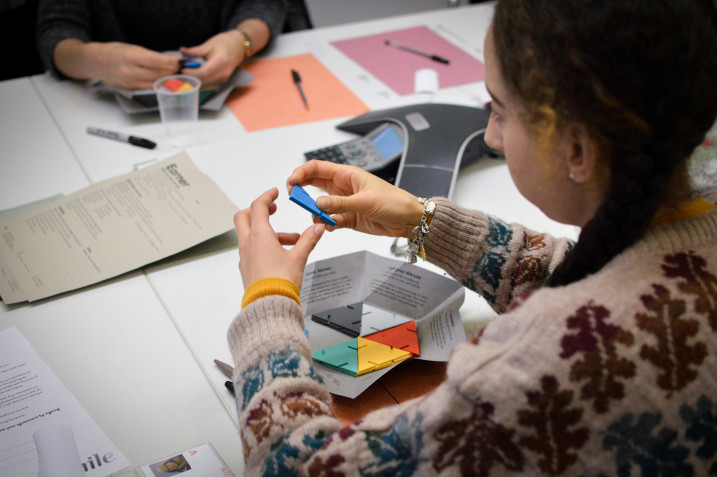
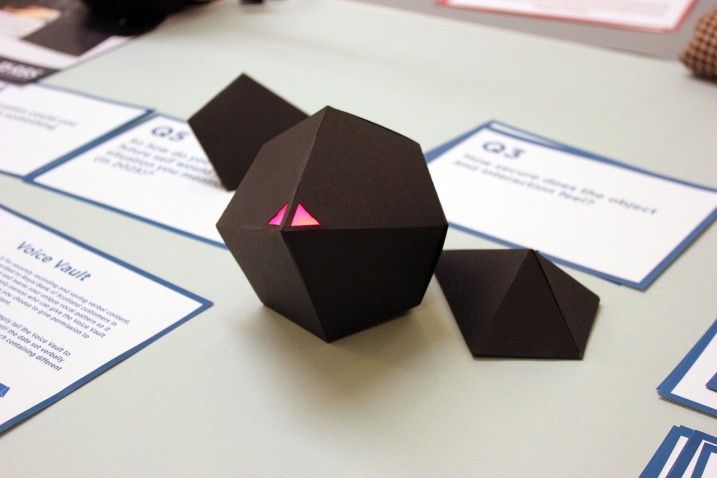
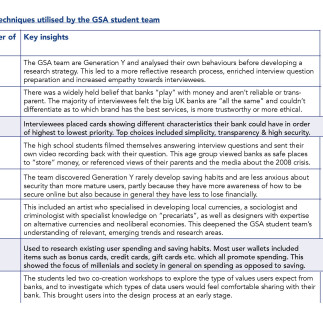
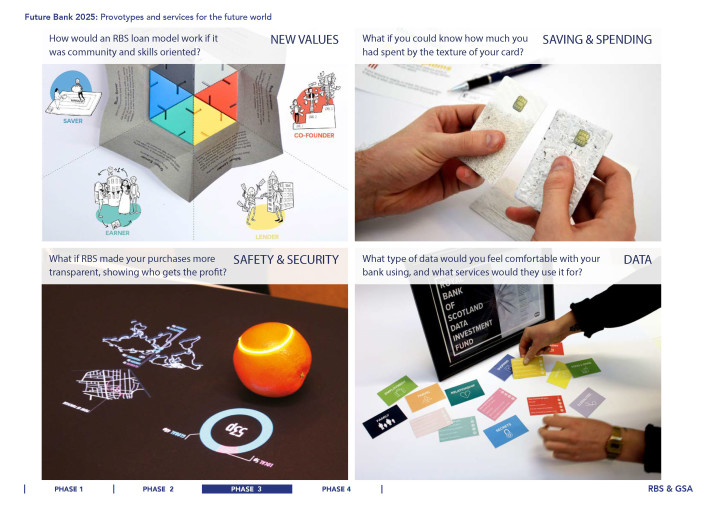

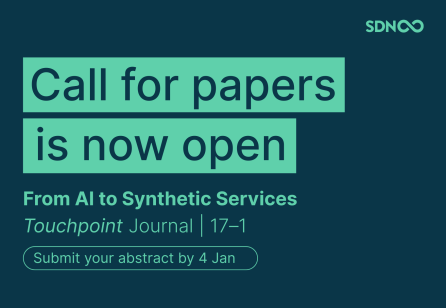



Share your thoughts
0 RepliesPlease login to comment